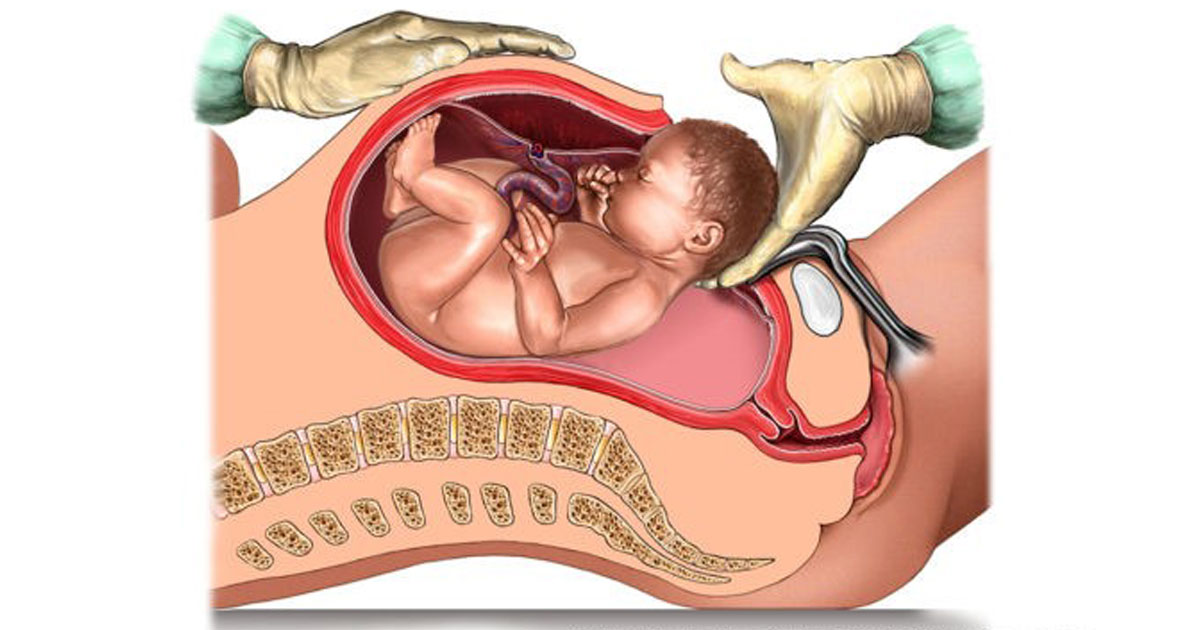There are pregnant women who have complications/difficulties in their pregnancy and are not allowed to deliver normally. Cesarean delivery becomes the birth method of choice.
In UAE, one in four women delivers Cesarean section according to World Health Organization (WHO). By culture, UAE has a big family and this is a factor that contribute to Cesarean delivery. The more children a mother has, the higher the chance she will need C-Section in the future birth ( www.thenational.ae)
Cesarean section is a type of delivery of an infant where an incision is made on lower abdomen and uterus . ( www.nichd.nih.gov) It is a lifesaving method for both mother and baby during emergency deliveries.
Indications for C-Section Delivery
In some other country, pregnant women prefer C-Section over natural birth due to fear
of pain during labor and delivery, however C- section may only be necessary if vaginal delivery might cause risk and complication for some medical reasons:
- maternal health problems eg. Hypertension, Diabetes Mellitus
- multiple pregnancy- ( carrying more than one baby)
- fetal position – ( feet or shoulder first)
- fetal size – ( baby is too large to pass the birth canal)
- placenta previa – ( blocking of placenta at birth canal)
- prolonged labor
- signs of fetal distress – ( decrease O2 flow to the fetus)
- maternal infections eg. H.I.V.
In Dubai ,almost half of all deliveries are through Cesarean section according to Dubai Statistics Center (DSC) reveal in 2014, and still rising. Emirate women are not known to request for C-section birth for no reason, but rather because of age that they have their first pregnancy and also their increasing BMI (ww.gulfnews.com).
Risks and Complications:
Prior to Cesarean procedure it is important to know its risk and complication. Ideally it has medical reasons, however Cesarean birth becomes a choice or by plan:
- infection
- hemorrhage – blood loss which may lead to blood transfusion and anemia
- injury to the organ eg.urinary track, uterus
- constipation
- nausea, vomiting, headache related to anesthesia
- risk for placental abruption
- extended hospital stay and recovery time
- injury to the infant
- possible need for neonatal care for infant
- blood clot
Nursing Care After Cesarean Birth at Home:
Cesarean is a major surgery. Unlike normal delivery it requires extended confinement.
After hospital discharge, a mother needs rest and healing for recovery. Thus, she is restricted from some activities that might be risky or would cause complication. This period is quite challenging. It is therefore necessary to manage not only physical need of a mother but also emotional and psychological:
Some of the measures, a home care nurse provides:
- Assist in daily activity. Household chores , lifting heavy objects should be avoided. Assistance is needed
- Monitor temperature; risk for infection on the operative site is possible
- Cleaning and dressing of post-op wound
- Administer take home medications
- Monitor severity of pain; give pain reliever if necessary
- Encourage high fiber diet andmore fluid to avoid constipation
- Monitor for blood pressure
- Examine incision site
- Watch for complications like fever, bleeding, pus on incision site, foul odor discharge
- Provide health teachings
- Encourage proper hygiene
- Proper positioning and handling of the baby
- Assess lochia/ vaginal discharge
- Proper education on breastfeeding & breast care
- Accompany to the OB-Gynaecologist for follow up check up
- Provide emotional support / allow to express her feelings
PHYSIOTHERAPY EXERCISES:
Belly Breathing
This exercise is a great relaxation technique. It also helps retrain the core muscles to work together during daily activities. Several times a day
Kegels
Kegels are an excellent exercise to strengthen and activate the pelvic floor. They have been shown to decrease stress incontinence following childbirth. Can be done several times in a day.
Bridge pose
Lie on your back with your knees bent, feet flat on the floor, and legs hip-width apart. Slowly lift your butt and back off the floor. Return to starting position. Do 4 to 8 repetition. Strengthens the transverse, buttocks and lower back.
Pelvic Tilt
Lie on your back with your knees bent and a pillow under your hips and another between your knees. Feet flat and your arms at your sides, inhale, then exhale and draw your abs in and tuck your pelvis under slightly, squeezing your buttocks
Hold 5 seconds and release for 10 reps. Improves deep abdominal strength and stamina.
Cesarean Delivery Scar Massage Use the pads of your fingers,move the skin with your finger gently over the layers. Twice a day













